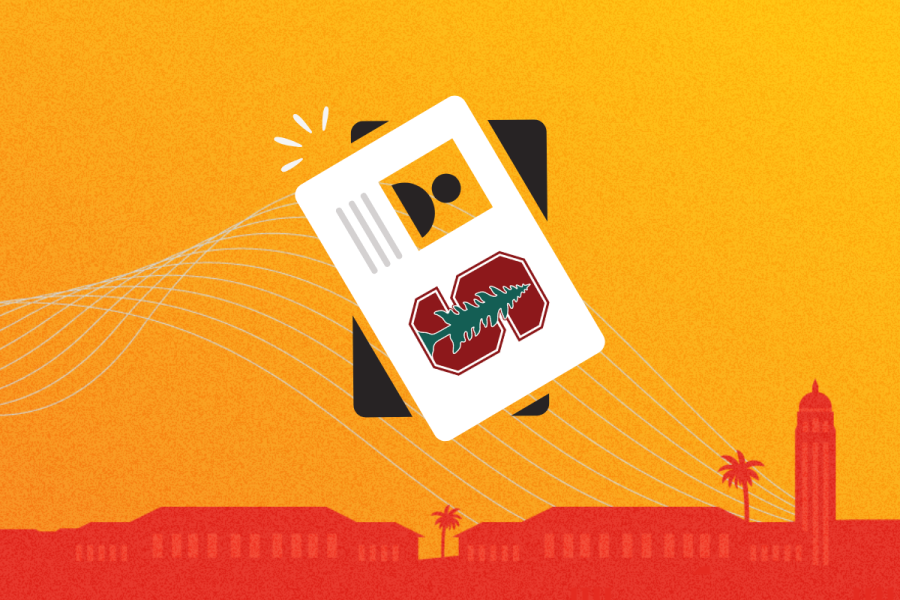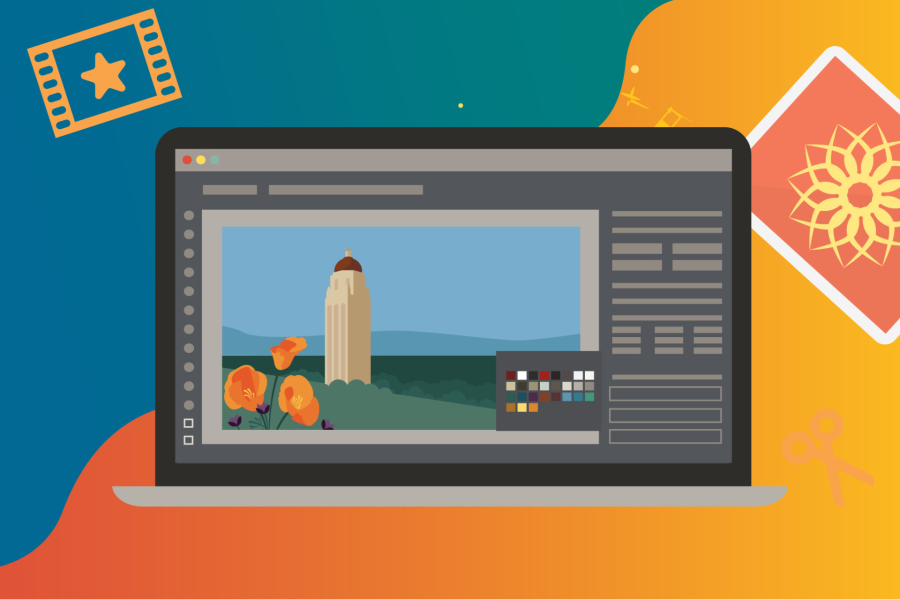Seven University of California campuses are piloting smartphone exposure notification technology to quickly and anonymously alert students, faculty and staff if they’ve been in close contact with someone who has tested positive for COVID.
The pilot called California COVID Notify – or CA Notify for short – is a partnership between the California Department of Public Health (CDPH), the Department of Technology (CDT), and the University of California (UC). Depending on its success, the full program may soon be offered to all Californians, providing an extra layer of protection for our Stanford community.
For the Stanford community and others, CA Notify can be optionally enabled on your phone, but you will not be able to verify a COVID positive diagnosis nor notify other users until CA Notify is fully enabled statewide.
“I am very optimistic about the California COVID Notify pilot currently underway across the UC campuses. I am particularly supportive of the strong privacy model that has been implemented,” said Steve Gallagher, Stanford CIO. “I believe the planned statewide roll out of this exposure notification capability will benefit the Stanford community and all of California.”
Smartphone-based exposure notification augments traditional contact tracing performed by the CDPH. It fast tracks the process of identifying close contacts and notifying individuals of potential exposure, allowing them to quarantine and get tested quicker. It also makes it possible to notify unknown contacts. When someone tests positive for COVID, they can voluntarily share that with others by entering an anonymous key code into their phone. Alerts are then sent to anyone who may have been exposed.
How this fits in with Stanford Health Check
Today, the Stanford Health Check tool tracks the health of our community by requiring a daily self-report of symptoms, exposure, travel and more for all students, faculty, staff and postdocs who want to access Stanford onsite facilities. Based on one’s responses, the tool provides or denies clearance through an onsite access badge.
Additionally, if someone at Stanford tests positive for COVID, the university alerts known contacts of potential exposure.
“It’s important to have our Stanford-specific system to protect our local community,” said Stanford Clinical Assistant Professor Rajan Puri, an occupational physician and director of Strategic Health Initiatives and Innovation. “CA Notify would be one more tool that could amplify what we’re already doing and provide broader population coverage and contact tracing for unknown contacts statewide, rather than just known contacts at Stanford. It could help augment asymptomatic carriers to isolate and quarantine in a more efficient manner to those that may not be aware they’ve already been exposed. We welcome the possibility to our arsenal.”
The Stanford community should continue to follow our guidelines pertaining to the pandemic. For more about health information and self-reporting/testing requirements, visit healthalerts.stanford.edu.
More about CA Notify
CA Notify uses the smartphone-based Exposure Notification System co-developed by Google and Apple. By using Bluetooth wireless technology in smartphones, the system tracks encounters between people in a way that’s anonymous, and doesn’t use location information, or collect, store or transmit any personal information at any time.
Participants who opt in receive pop-up notifications when they’ve personally spent time near someone who later tested positive for COVID. The goal is to reduce the spread of the disease in our communities.
Watch this video to learn more about the Google Apple Exposure Notification technology.
A growing trend
The use of smartphone exposure notification technology is not unique to this CA Notify pilot with UC campuses. According to this Washington Post article, 15 states and territories plus D.C., support coronavirus exposure alerts, and like California, four others have announced their intent to launch services or are running limited tests.



